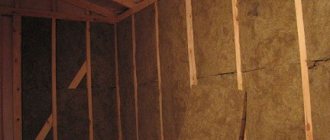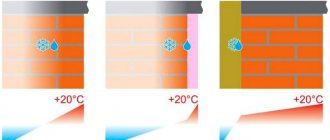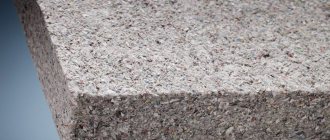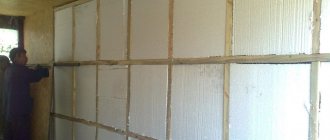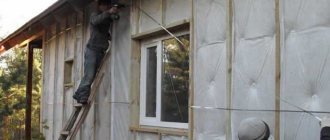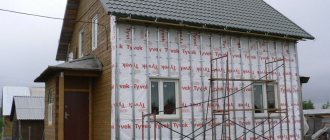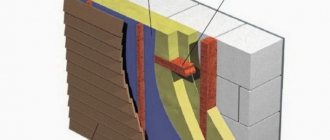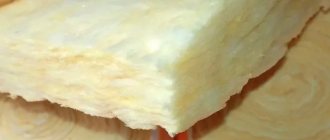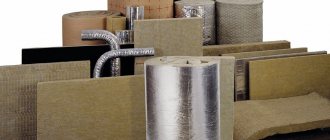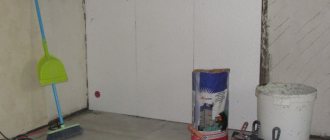Today there is no need to explain to anyone: the better the house is insulated, the less you will have to pay for its heating. Another question: what is the best way to insulate?
Read our material about different types of wall insulation. More often than others, builders prefer two insulation materials: expanded polystyrene, or polystyrene foam, and mineral wool. Each of them has its own pros and cons and, of course, myths. Today we’ll talk and debunk myths about facade insulation with foam plastic.
Myth No. 1. Insulating a façade is expensive
If you decide that it is absolutely necessary to insulate the facade and there is no return to your decision, the time will come to purchase materials. In order to cover the entire house, you will need relatively large amounts of money. Somewhere between $2-2.5 thousand per 100 m2. Such is the cost of materials and finishing work.
RECOMMENDED ON THE TOPIC
- Wall insulation technology
- Three-dimensional 3D photo wallpaper for walls
However, after 5 years you will return this money a hundredfold thanks to heat savings and, accordingly, reduction in heating costs. And if you consider that a facade covered with foam plastic will serve you for at least 25 years, then you will forget about the huge 3a gas bills.
Where can I use it?
A universal material that can be used to insulate any surface:
- Roofs and walls.
- Floor and plinth.
- Industrial buildings and residential buildings.
This is one of the simplest methods of insulation , which is why many people use foam plastic. The house will become comfortable and warm, and the insulation itself is very reliable. The installation work itself and the material are inexpensive, so if you wish, you can hire a team of workers for these purposes.
To insulate walls, foam sheets are more often used, and crumbs or balls are used for the roof. The floor and base are often insulated with extruded polystyrene foam.
Myth No. 2. Mineral wool is cheaper
At this point there is a substitution of witnesses. Which mineral wool is cheaper? The answer is - in rolls. To make the house as warm as if you covered it with foam plastic, you will have to use a huge amount of rolled mineral wool, which will be much more expensive than in the case of foam plastic. Often facades are insulated with mineral wool boards, which are much more expensive than foam boards.
Also, mineral wool boards are more difficult to install, which indicates the cost-effectiveness of foam insulation.
How I insulated the corners of the house with polystyrene foam
With corners you have to “suffer” a little more - on one side the slab must protrude to the thickness of the same slab that will be installed on the other wall from the corner. Also on the second wall, foam plastic should be laid according to the “opposite” principle. If there is any excess slab left, you can simply cut it off. The sides must change, that is, first the slab “sticks out” first from one wall, then from the other, then again from the first, and so on. I specifically depicted this in the photo for better understanding.
Corners are insulated according to this scheme
Very important! The part that protrudes should remain clean, that is, there is no need to apply glue to it.
If your angles are internal, then everything happens in a similar way. Of course, I marked everything out in advance - it’s better not to do anything by eye, because it’s easy to make a mistake.
We do not apply glue to the protruding part of the block.
Myth No. 3. It doesn’t matter what you use for insulation.
The most wrong opinion that could ever be thought up or expressed. Your comfort will depend on the quality of the material in the future. Therefore, before choosing it, remember a few important rules:
- choose material from trusted, well-known manufacturers;
- the polystyrene foam you choose must be produced in a factory that provides certification for its products. This way you will receive quality material;
- the reinforcing mesh should not have low density, be fragile or too cheap;
- facade dowels (fungi) must be made of good plastic, flexible, frost-resistant, elastic, and also be at least 50 mm longer than the foam;
- decorative plaster and paint applied to it must be of high quality.
